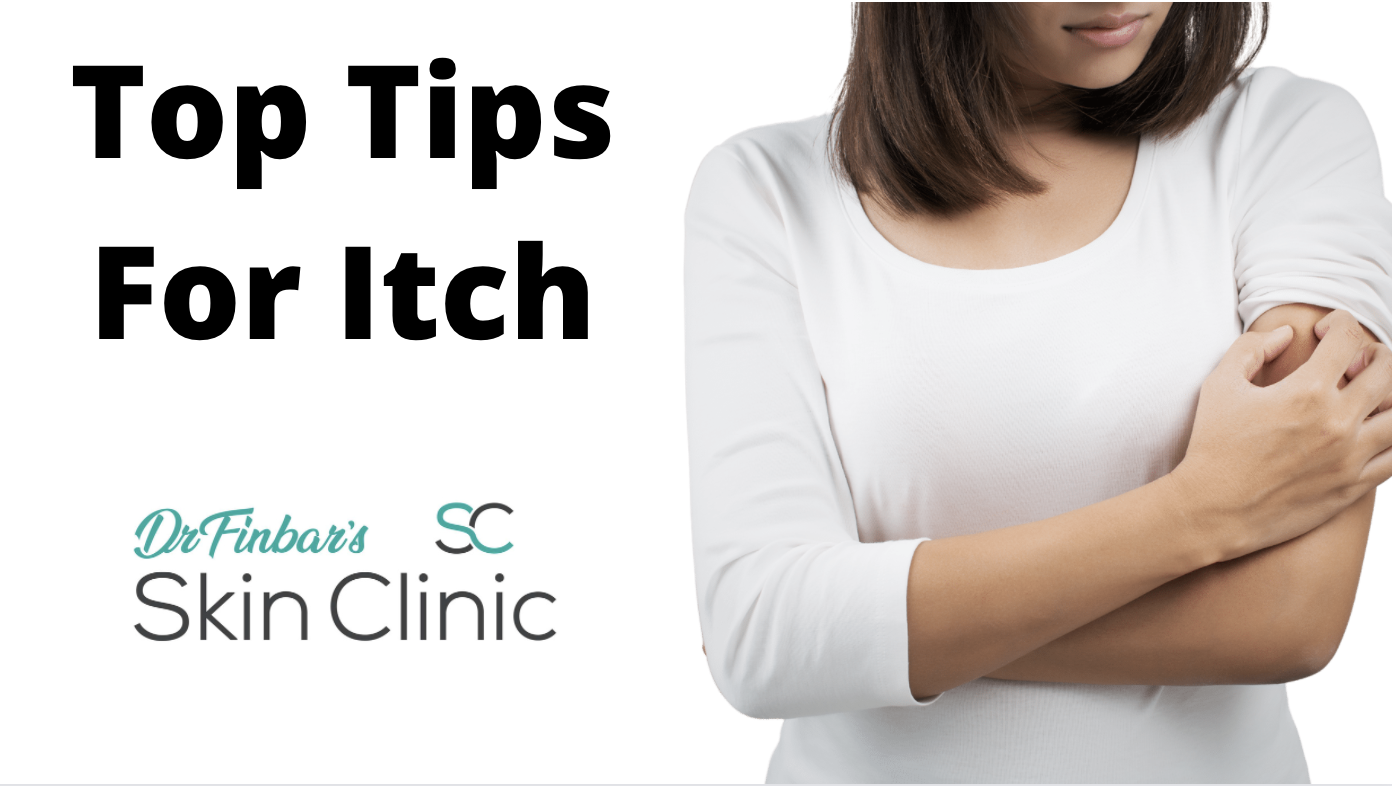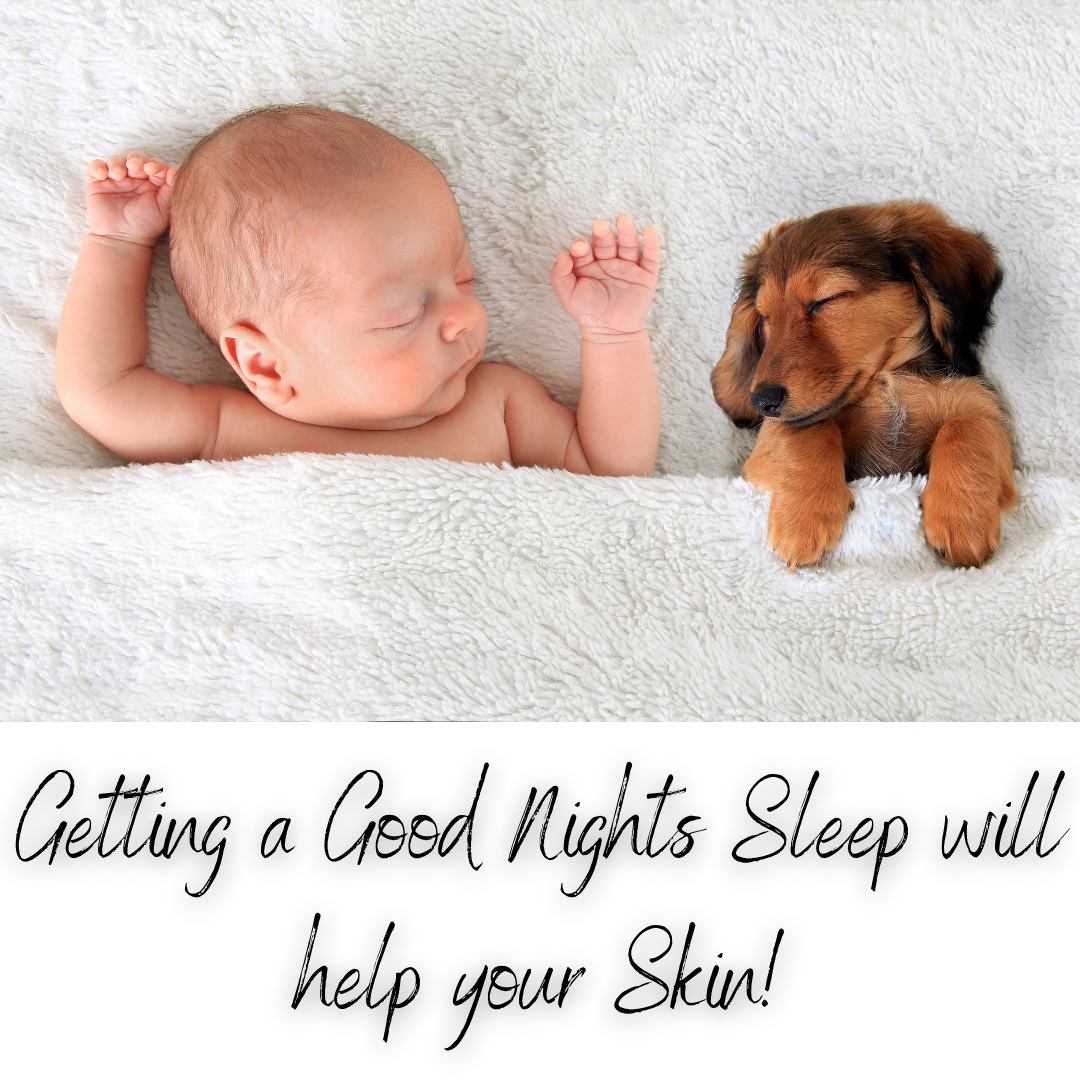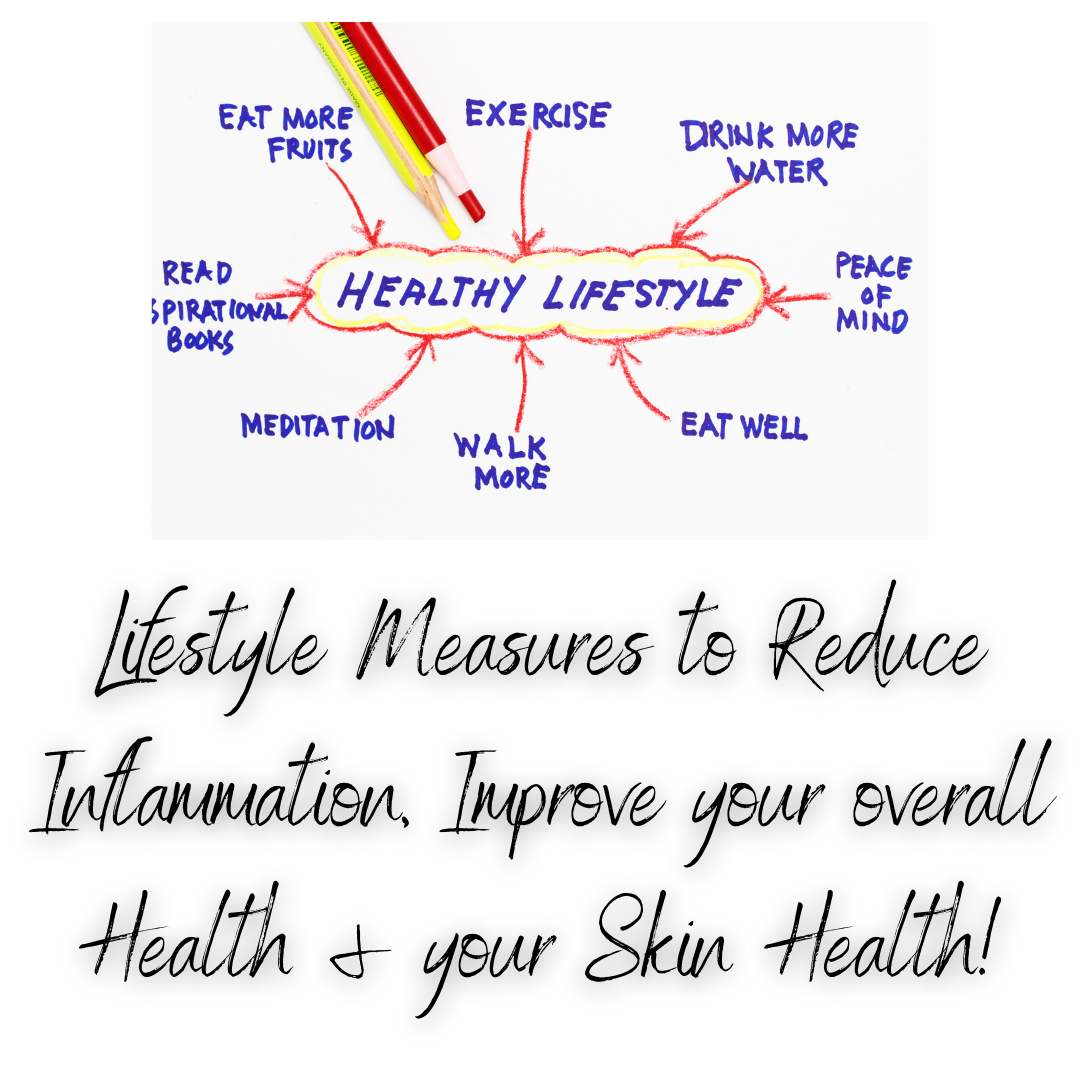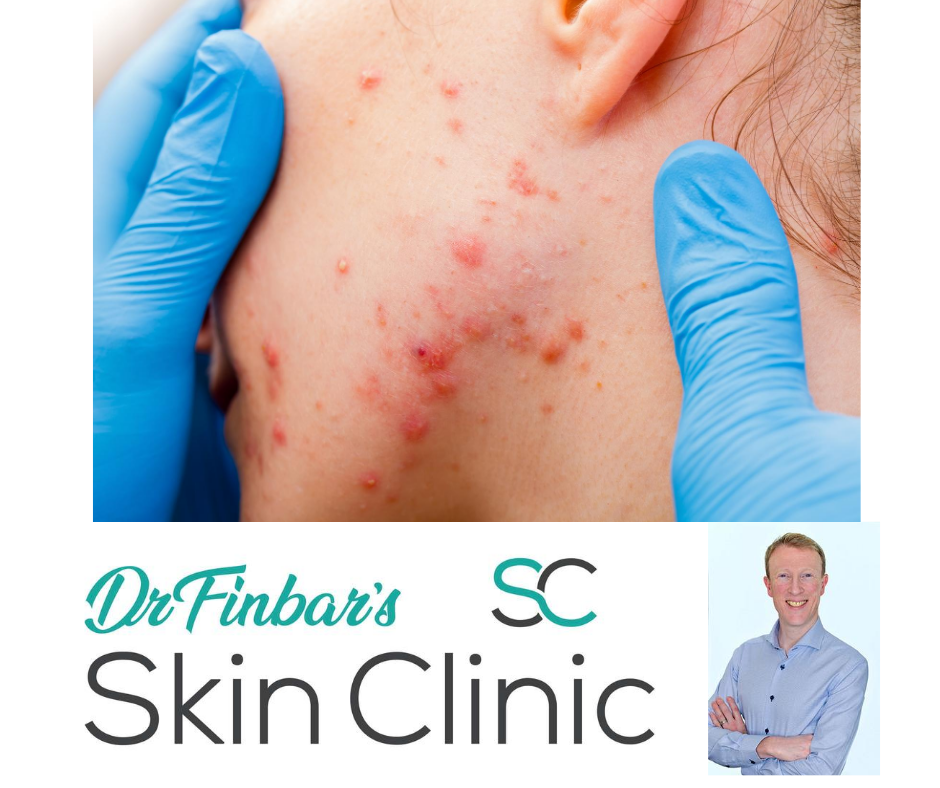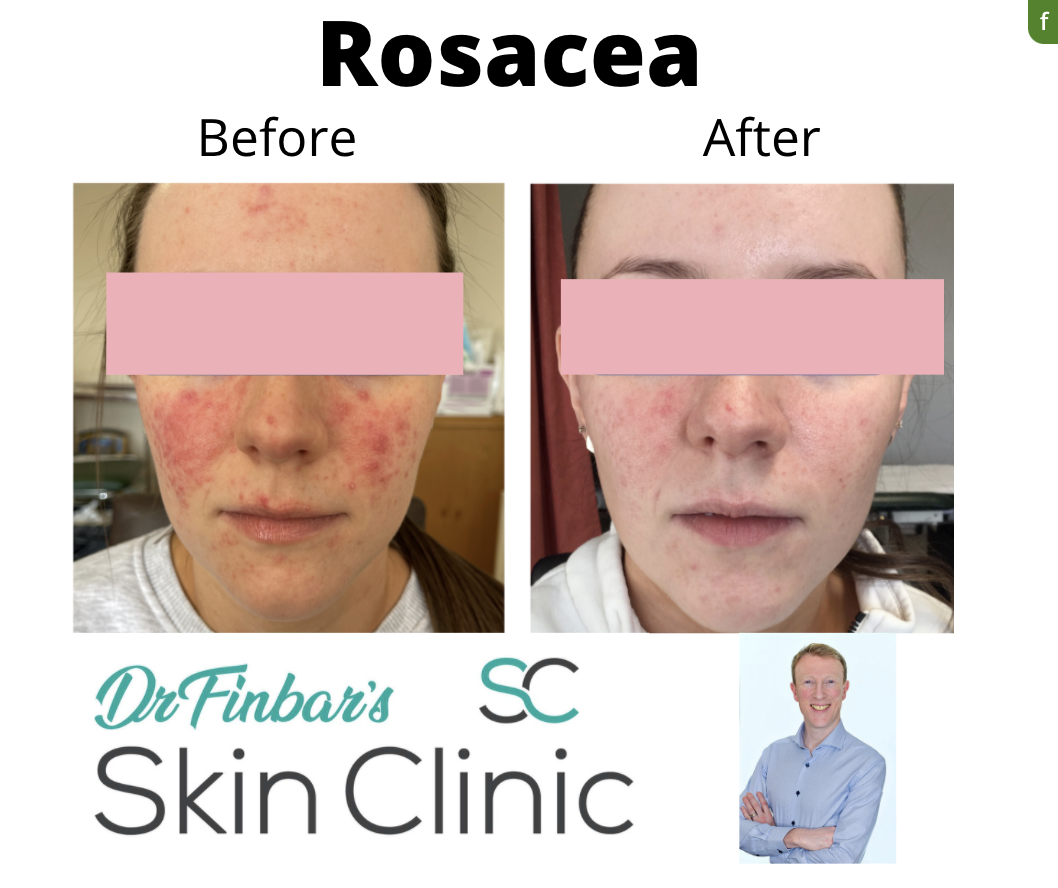Itchy Skin
Background
Itchy skin is very common and can be very unpleasant. If an itch goes on and on it can wear you down and affect your quality of life considerably. Unfortunately, itch is more common as you get older.
The more you think about itch the worse it gets! This is why it is important to try not to tune in too much to an itch and to distract yourself when possible.
What Causes Itchy Skin?
In many cases the cause is unknown, but as you get older your skin gets drier and is more likely to be itchy. Some skin conditions such as eczema cause itchy skin but some people with itch have no rash.
A long list of medical conditions can also contribute to itch. Potential causes are liver disease, diabetes, kidney disease, heart failure, pregnancy, malignancy, lymphoma, blood disorders, iron deficiency, infections, neurological conditions, and stress.
Don’t worry, in most cases a serious cause won’t be identified and there are still lots of things that can be done to help your itch.
Could my tablets make me itchy?
Some tablets can cause itch in some people.
The most common of these are morphine, codeine and chemotherapy drugs. Chloroquine, antibiotics, cardiovascular drugs and diabetic drugs eg metformin have also been implicated.
Cholesterol tablets (statins) may also reduce lipids (oils) in your skin, and can lead to an itch.
Scratching causes damage to the skin, the skin becomes irritated and inflamed, and this causes more itching and then more scratching – it’s a vicious circle ☹
- Moisturise, moisturise, moisturise!
- Stop using soap! (wash with a soap substitute/ moisturiser)
- Keep cool – wear cotton, use a fan, turn down the heating
- Practice Distraction Techniques– (the more you focus on an itch the worse it gets!)
- Manage stress –try, exercise, yoga, walks in nature, meditation, talking therapies.. etc
- Keep surroundings free of allergens and avoid perfumes and chemicals
- Keep nails short to limit damage from scratching. Try rubbing with moisturiser instead, or use a quartz facial roller
What tests might I need?
Possibly some blood tests to rule out iron deficiency, liver or kidney problems or diabetes. If you have swollen glands or new symptoms you may need further investigations. Occasionally a biopsy of skin may be carried out.
Some people with itch have been found to be deficient in Vitamin D. Vitamin D testing is expensive and not often carried out, but if you feel you do not get much exposure to sunlight or get enough vitamin D in your diet you may like to consider a supplement. A daily intake of 10 micrograms daily is recommended (this is the same as 400 IU (international units)).
Dietary sources are oily fish like salmon, trout and sardines, red meat, liver, egg yolks and some fortified foods (like breakfast cereals).
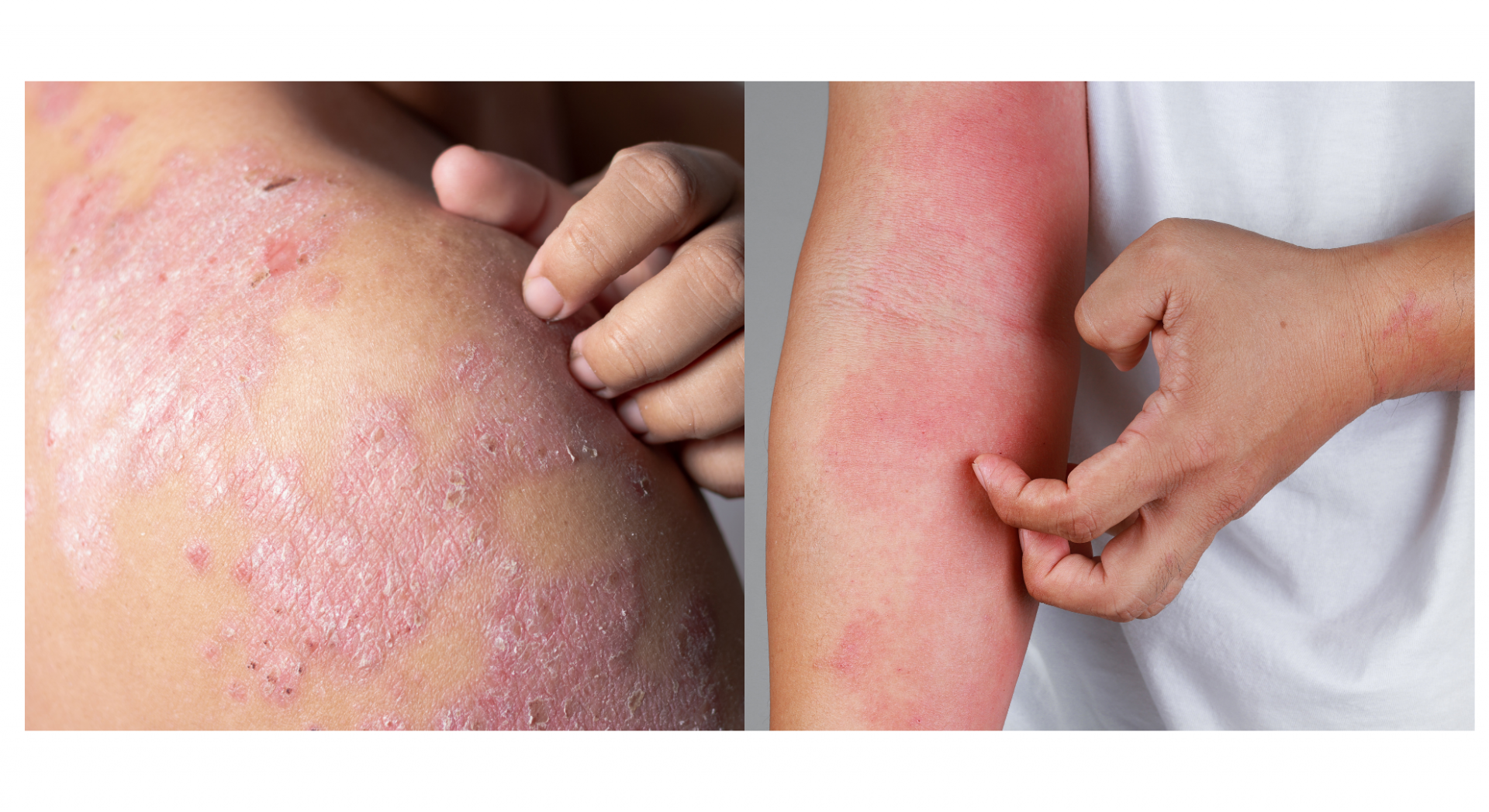
What can I do to help my itch?
Lots of things will help!
We recommend stopping any perfumed products which can irritate the skin. We usually suggest washing with a soap substitute eg Dermol 500 lotion. Excessive lathering of the skin with soap and shower gels can cause dryness which worsens itch.
Try to avoid getting too warm as this increases itching. Warm or cool showers and baths are more soothing. Prolonged washing or soaking can make itching worse! A fan to cool the skin might help.
The best time to apply moisturizer is after washing, while the skin is still damp.
Popular creams are Cetraben, Epaderm cream, Doublebase gel, Adex gel, Diprobase, E45, Aveeno.
Greasier ointments are more effective moisturisers but not always practical to use, especially during the daytime as they take longer to dry and clothing may stick. Greasy ointments to apply especially at night are Epaderm ointment and Cetraben ointment.
You can moisturize as often as you like and more often if your skin is especially dry but twice a day is a good place to start.
You may have heard of ceramides found in moisturisers such as the Cerave brand. Ceramides are lipids (oils) that are found naturally in the skin and make up 50% of the skin’s natural barrier, but when these natural levels drop, it can leave the protective barrier weakened which allows moisture to escape and the skin to feel dry and more sensitive. Applying creams containing ceramides may help to retain moisture in the skin and leave it feeling more comfortable.
Clothing made from cotton, is most suitable for itchy people as it keeps skin cooler. The same goes for bedclothes. Using a non-biological washing powder to wash all clothing and bedlinen is recommended, though these often have fragrance.
An extra rinse cycle to remove as much product as possible can be carried out if you have time! ‘Surcare’ is a non-bio range that is completely unperfumed.
The use of fabric softeners should be avoided as they contain fragrance which can aggravate an itch. Cutting off clothing labels might also help.
Some people with itch have found supplements of omega-3 fatty acids (fish oils) helpful.
There is also some evidence for the use of acupuncture.
Many people find itch is worse at night and disrupts their sleep. This might be because of the extra heat from bedclothes but also because during the daytime you are more likely to be distracted from the itch. It might be helpful to read or listen to relaxing music to help you get over to sleep.
Some people keep their moisturizer in the fridge to enhance the soothing, cooling effect. If you really want to scratch try to rub the skin gently with moisturizer instead, to prevent damaging the skin. Keep your nails short to minimize damage to the skin. This is really important as scratching can cause a rash and inflammation and keep the whole process going round and round in a vicious circle.
Psychological strategies like relaxation and meditation may help reduce itch by calming you or exploring triggers and replacing scratching with a different behaviour.

Relaxation Exercise: Scratching hand to soothing hand
Here is a sample exercise.
First, relax and induce the healing state (you may utilize methods such as relaxation, imaging, meditation, and daydreaming).
Next, imagine your hand as a deep reservoir of whatever sensations are most healing and soothing for your skin. When your hand is full almost to the bursting point with this imagined healing energy, move it to each of the areas that sometimes itch. Just rest the soothing hand lightly on your skin. No need to rub or press. Feel the soothing sensations flow out of your fingers, taking over so totally that there is no room at all for an itch. Give each area as much help as it needs. If your hand needs replenishing, just take it away from your skin and imagine it filling up again with soothing, healing energy. You can repeat the procedure as often as needed.
Keep focusing on the idea that your scratching hand will be automatically transformed into a soothing hand. In the middle of its flight, before hitting the target, your hand will become a healing instrument.
Go through the procedure at least daily, preferably twice a day. Be prepared for a discouraging period before you master this challenging but ultimately effortless mental magic. When it works — when your hand reaches for an itch and automatically soothes with a touch — you’ll feel more like an amazed spectator than someone who’s “broken a habit” by heroic willpower. (But remember If this technique starts to feel more like work than a personal gift to yourself, take a day off ). To add momentum to the learning process, frequently remind yourself, “scratching hand to soothing hand.”
Share this post on:
Copyright © 2023 Dr Finbars' Skin Clinic All rights reserved.
